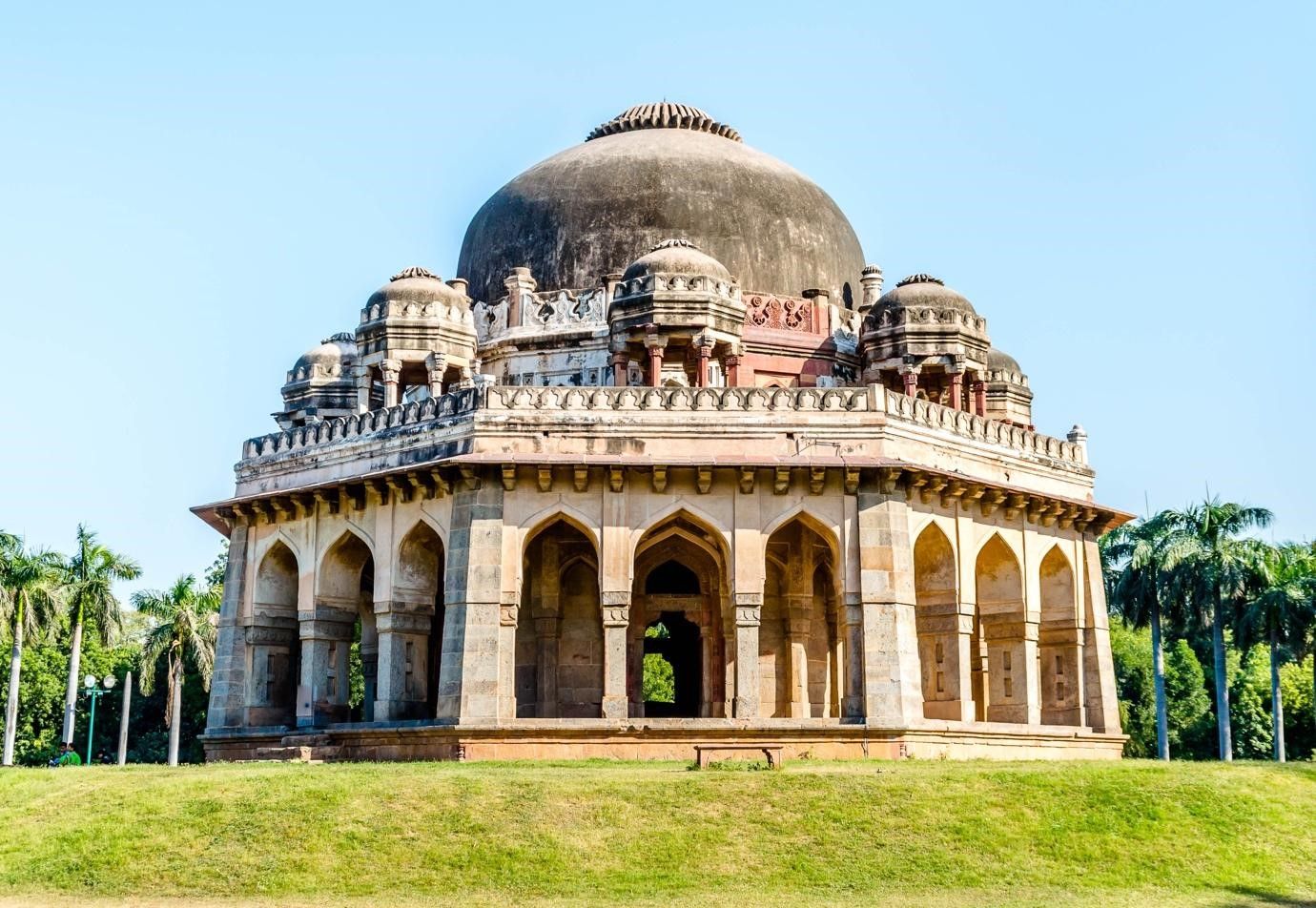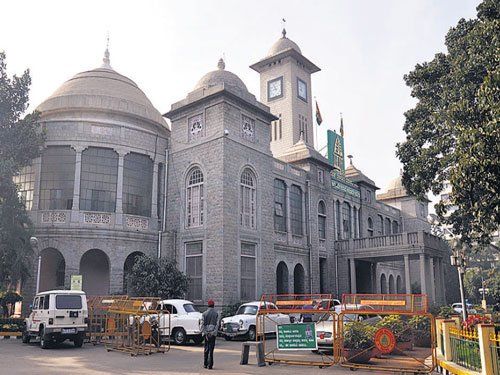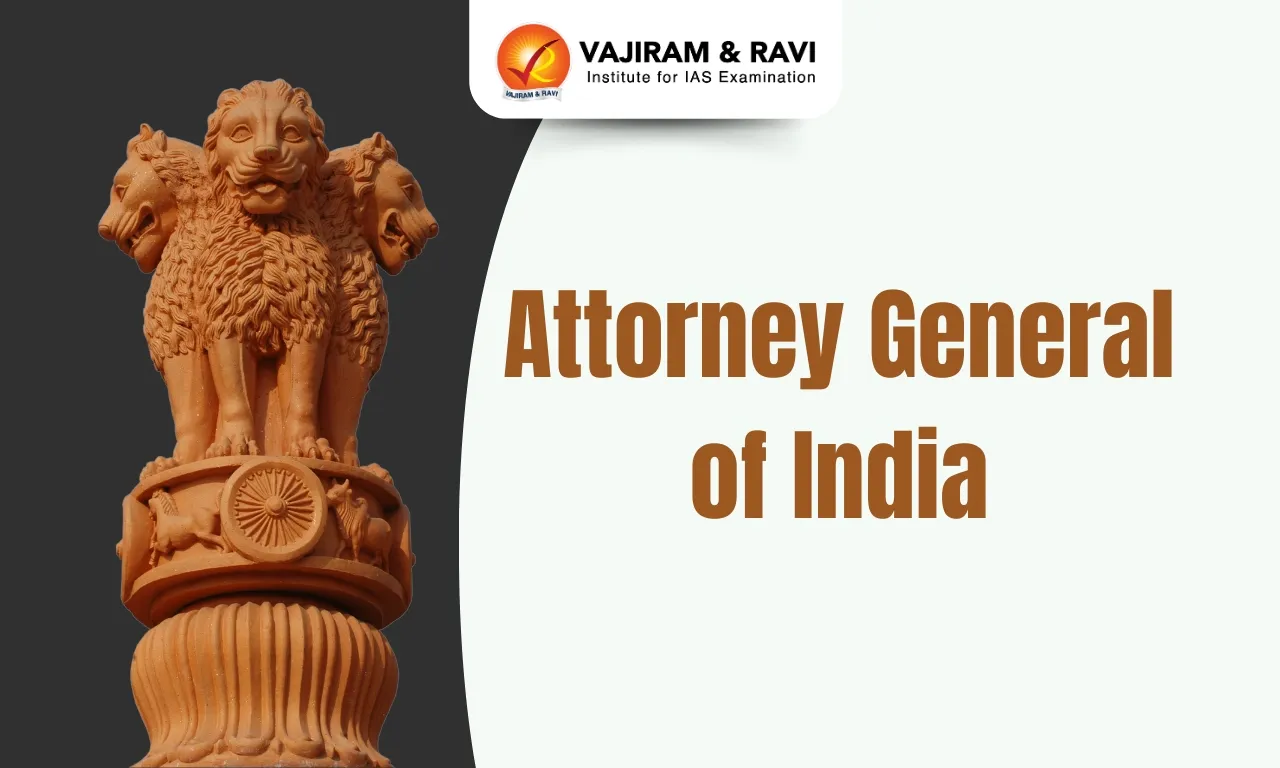Emergence of Sayyid dynasty
- Khizr Khan defeated Sultan Daulat Khan and occupied Delhi, and founded the Sayyid dynasty in 1414.
- The author of the Tarikh-i-Mubarak Shahi, Yahya Sirhindi, claims that the founder of the Sayyid dynasty was a descendant of the prophet.
| Sayyid Dynasty- Rulers and Contributions | ||||||||||||||||||||
| Period: 1414-1450 AD | Capital: Delhi | |||||||||||||||||||
|
||||||||||||||||||||
|
Khizr Khan (c.1414–21 CE) |
|
|||||||||||||||||||
| Mubarak Shah (1421-1434) |
|
|||||||||||||||||||
| Other rulers |
|
|||||||||||||||||||
|
Image of Tomb of the Muhammad Shah, Delhi. |
Contribution of Sayyid Dynasty to Art, Architecture and Literature: | |||||||||||||||||||
|
Despite the challenges they faced during their reign, the Sayyid rulers patronised and fostered cultural and intellectual endeavours. Here are some of their contributions: Art and Architecture:
Literature:
|
||||||||||||||||||||
Emergence of Lodhi Dynasty
The Lodhis were the last governing family of the Sultanate period and the first to be led by the Afghans who ruled over Sirhind during the Sayyids' presence in India. The Lodi dynasty was a Pashtun dynasty that ruled the Delhi Sultanate from 1451 to 1526. It was founded by Bahlul Khan Lodi, who was a Pashtun warlord from the Punjab region of present-day Pakistan. Bahlul Khan Lodi overthrew the Sayyid dynasty in 1451 and established the Lodi dynasty.
| Lodhi Dynasty- Rulers and Contributions | ||||||||||||||||||||
| Period: 1451-1526 AD | Capital: Delhi | |||||||||||||||||||
|
||||||||||||||||||||
| Bahlol Lodhi (1451-1488) |
|
|||||||||||||||||||
| Sikandar Lodhi (1489-1517) |
|
|||||||||||||||||||
|
Ibrahim Lodhi (1517-26) |
|
|||||||||||||||||||
|
Image of Bara Gumbad in Lodhi Gardens in Delhi, India. Image of Rajon ki Baoli step well was built by Sikandar Lodi in 1516. |
Contribution of the Lodi Dynasty to Art, Architecture and Literature: | |||||||||||||||||||
|
The Lodi dynasty, who ruled over the Delhi Sultanate in India from 1451 to 1526, made notable contributions to art, architecture, and literature during their reign. However, the Lodhi phase is the last phase in the Indo-Persian Architecture. Art and Architecture:
Literature and Language:
|
||||||||||||||||||||
Administration
- Centralised Rule: Both dynasties aimed to establish and maintain centralised authority over the Delhi Sultanate. They focused on consolidating power, maintaining law and order, and ensuring efficient governance.
- Provincial Administration: The empire was divided into provinces, which were governed by appointed administrators known as governors or wazirs. These administrators were responsible for collecting revenue, maintaining local administration, and upholding the authority of the Sultan.
- Military Reforms: They made efforts to strengthen and reorganise the military. They maintained standing armies and introduced reforms in the recruitment, training, and organisation of their forces to protect the empire from external threats.
Economy
- Agriculture: The majority of the population was engaged in agricultural activities, and the rulers implemented policies to support agricultural productivity and revenue collection from land taxes.
- Trade and Commerce: Trade and commerce flourished during this period. The empire, with Delhi as its capital, served as a major centre for trade and economic activities. Trade routes connected various regions, facilitating the exchange of goods and ideas.
- Revenue System: The rulers relied on a revenue system based on land taxation. They introduced reforms to improve revenue administration, regulate taxation, and ensure effective collection to support the empire's financial needs.
Society and Religion
- The earlier dynasties had been largely Muslim, while the Sayyid and Lodi dynasties were more tolerant of other religions. This tolerance led to a number of different religions and cultures coexisting in India.
- This period also witnessed the rise of the Sufi and Bhakti movement.
- Religion harmony: The empire was a diverse religious landscape with significant Hindu and other religious communities coexisting and contributing to the cultural fabric of society.
Decline of Sayyid and Lodhi Dynasties
The Sayyid and Lodi dynasties were a period of transition for the Delhi Sultanate. The earlier dynasties had been founded by Turks, while the Sayyid and Lodi dynasties were founded by Afghans.
Decline of Sayyid Dynasty:
- All of the Sayyid rulers tried to control rebellious regions like Katehar, Badaun, Etawah, Patiali, Gwalior, Kampil, Nagaur and Mewat, but they failed due to the conspiracy of the nobles.
- In 1445 AD, Alam Shah ascended the throne and became the Sultan. He proved a totally incompetent Sultan.
- Alam Shah’s Wazir Hamid Khan invited Bahlol Lodi to take charge of the army, and after realising that it would be difficult to continue as Sultan, Alam Shah left for Badaun.
Decline of Lodhi Dynasty:
- The reign of Ibrahim Lodi proved a period of revolts. His own brother Jalal Khan rebelled; Sultan Ibrahim Lodi got him murdered.
- Bihar declared its independence. Daulat Khan, the governor of Punjab, also rebelled. The Sultan's behaviour caused much dissatisfaction.
- The rebellion's Daulat Khan sent an invitation to Babur at Kabul to invade India. Babur defeated Sultan Ibrahim Lodi in AD 1526 in the battle at Panipat.
Last updated on December, 2025
→ Check out the latest UPSC Syllabus 2026 here.
→ Join Vajiram & Ravi’s Interview Guidance Programme for expert help to crack your final UPSC stage.
→ UPSC Mains Result 2025 is now out.
→ UPSC Notification 2026 is scheduled to be released on January 14, 2026.
→ UPSC Calendar 2026 is released on 15th May, 2025.
→ The UPSC Vacancy 2025 were released 1129, out of which 979 were for UPSC CSE and remaining 150 are for UPSC IFoS.
→ UPSC Prelims 2026 will be conducted on 24th May, 2026 & UPSC Mains 2026 will be conducted on 21st August 2026.
→ The UPSC Selection Process is of 3 stages-Prelims, Mains and Interview.
→ UPSC Result 2024 is released with latest UPSC Marksheet 2024. Check Now!
→ UPSC Prelims Result 2025 is out now for the CSE held on 25 May 2025.
→ UPSC Toppers List 2024 is released now. Shakti Dubey is UPSC AIR 1 2024 Topper.
→ UPSC Prelims Question Paper 2025 and Unofficial Prelims Answer Key 2025 are available now.
→ UPSC Mains Question Paper 2025 is out for Essay, GS 1, 2, 3 & GS 4.
→ UPSC Mains Indian Language Question Paper 2025 is now out.
→ UPSC Mains Optional Question Paper 2025 is now out.
→ Also check Best IAS Coaching in Delhi
The Sayyid and Lodi Dynasty FAQs
Q1. Who were the most important rulers of the Lodi and Sayyid dynasties?+
Q2. How did the Sayyid Dynasty come to an end?+

















